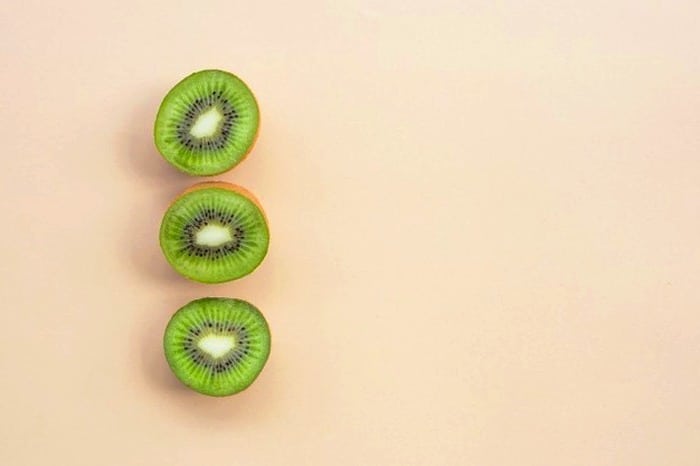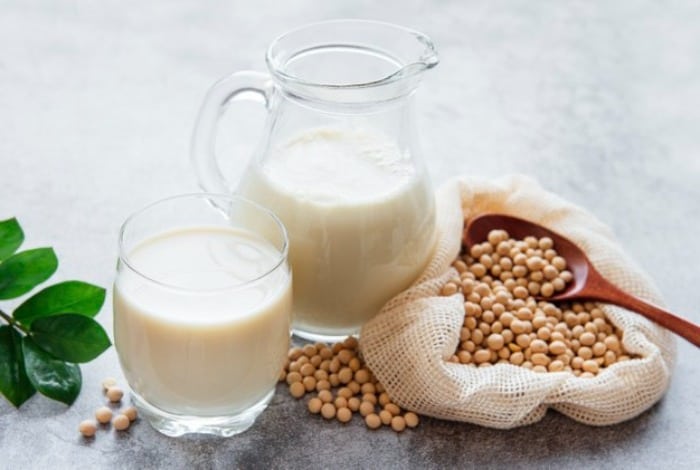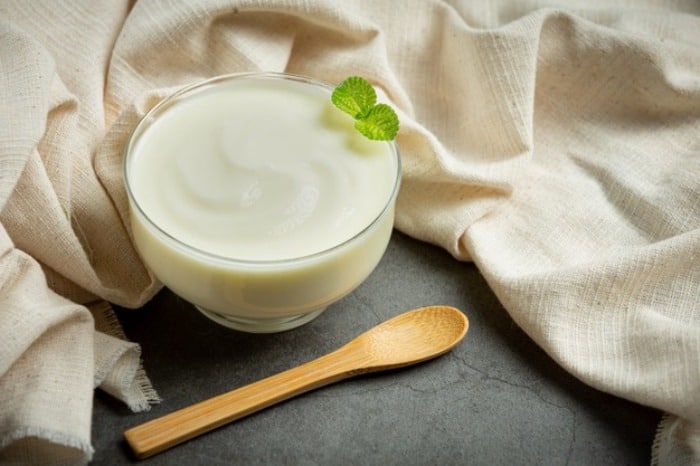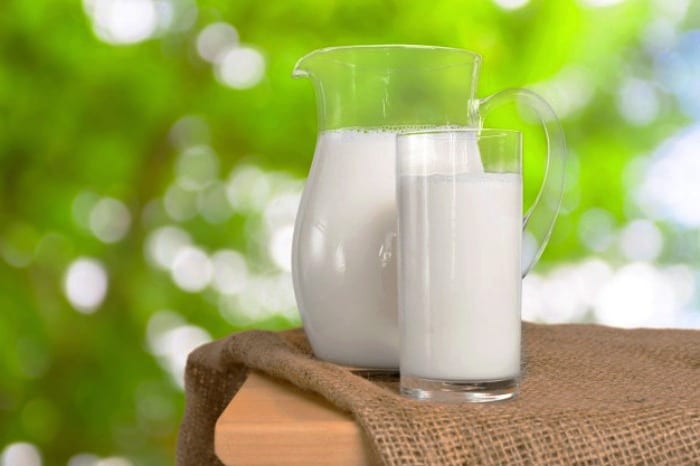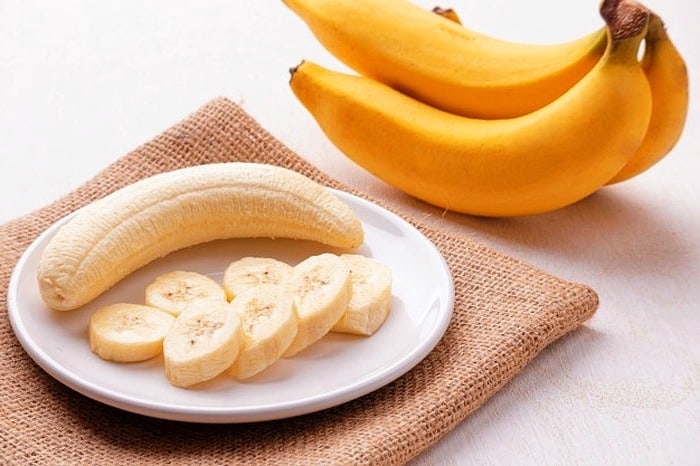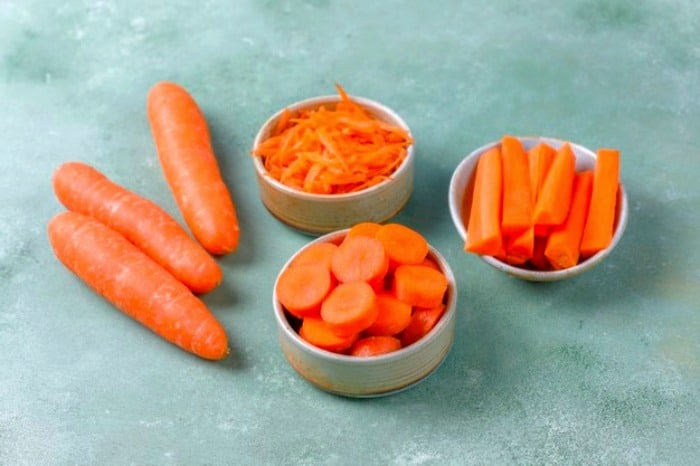Crafting Delight: Making Pistachio Marshmallows at Home
Pistachio marshmallows offer a delightful twist on the classic confection, combining the fluffy texture of marshmallows with the nutty flavor of pistachios. In this article, we’ll explore the art of preparing pistachio marshmallows, the benefits of pistachio nuts, where to buy pistachios online, and how to make the most of their exquisite flavor.
The Allure of Pistachio Nuts:
Before delving into the recipe for pistachio marshmallows, let’s take a moment to appreciate the star ingredient – pistachio nuts. These vibrant green nuts are not only delicious but also packed with essential nutrients that offer numerous health benefits.
Health Benefits:
- Nutrient-rich: Pistachios are a good source of protein, healthy fats, fiber, vitamins, and minerals. They contain essential nutrients such as vitamin B6, thiamine, phosphorus, and potassium, which are vital for overall health.
- Heart Health: Consuming pistachios may help improve heart health by reducing bad cholesterol levels and increasing good cholesterol levels. They are also rich in antioxidants, which can help lower the risk of heart disease.
- Weight Management: Despite being calorie-dense, pistachios are low in saturated fats and high in protein and fiber, making them a satisfying snack that can aid in weight management by promoting feelings of fullness and reducing overall calorie intake.
- Blood Sugar Control: Pistachios have a relatively low glycemic index, meaning they cause a slower increase in blood sugar levels compared to high-glycemic foods. This makes them a suitable choice for individuals with diabetes or those looking to manage blood sugar levels.
- Eye Health: Pistachios contain antioxidants such as lutein and zeaxanthin, which are beneficial for eye health. These compounds may help reduce the risk of age-related macular degeneration and cataracts.
- Skin Health: The vitamins and minerals found in pistachios, such as vitamin E and zinc, contribute to healthy skin by promoting collagen production and protecting against oxidative damage.
Where to Buy Pistachios Online:
With the convenience of online shopping, purchasing pistachios has never been easier. There are numerous online retailers that offer high-quality pistachio nuts in various forms, including whole, shelled, roasted, salted, or unsalted. When buying pistachios online, it’s essential to choose a reputable seller that ensures freshness and quality. Here are some popular online platforms where you can buy pistachios:
- Amazon: Amazon offers a wide selection of pistachio products from various brands, including raw pistachios, roasted pistachios, pistachio butter, and more. You can read customer reviews and compare prices to find the best deal.
- Nuts.com: Nuts.com is a specialty online retailer that specializes in nuts, dried fruits, snacks, and other pantry staples. They offer premium-quality pistachios in different varieties, including organic, roasted, and flavored options.
- Sincerely Nuts: Sincerely Nuts is another trusted online source for pistachios and other nuts and seeds. They pride themselves on providing fresh, high-quality products at competitive prices, with options for bulk purchases.
- The Pistachio Company: For those seeking gourmet pistachio products, The Pistachio Company offers a range of artisanal treats, including chocolate-covered pistachios, pistachio butter, and pistachio oil. Their products make excellent gifts for any occasion.
- Local Farms and Specialty Stores: Many local farms and specialty stores now offer online ordering and shipping services, allowing you to purchase pistachios directly from growers or artisan producers. This option provides the added benefit of supporting small businesses and accessing unique, locally sourced products.
Before making a purchase, be sure to check the product descriptions, reviews, and shipping policies to ensure a satisfactory shopping experience. Additionally, consider factors such as price, packaging, and any special dietary requirements or preferences.
Preparing Pistachio Marshmallows:
Now that you have procured your pistachios, it’s time to embark on a culinary adventure and create your own pistachio marshmallows. These homemade marshmallows are not only delicious but also customizable, allowing you to tailor them to your taste preferences and dietary needs. Here’s how to make pistachio marshmallows step by step:
Ingredients:
-
3 tablespoons unflavored gelatin
-
1/2 cup cold water
-
2 cups granulated sugar
-
1/2 cup light corn syrup
-
1/2 cup water
-
1/4 teaspoon salt
-
1 teaspoon pure vanilla extract
-
1/2 cup shelled pistachios, finely ground
-
Powdered sugar, for dusting
Instructions:
- Prepare the Gelatin Mixture: In a small bowl, sprinkle the unflavored gelatin over 1/2 cup of cold water. Let it sit for about 5-10 minutes to soften and bloom.
- Heat the Sugar Syrup: In a medium saucepan, combine the granulated sugar, light corn syrup, and 1/2 cup of water. Cook over medium heat, stirring constantly, until the sugar has dissolved.
- Bring to a Boil: Once the sugar has dissolved, insert a candy thermometer into the saucepan and increase the heat to medium-high. Continue to cook the mixture, without stirring, until it reaches 240°F (115°C) on the candy thermometer (soft ball stage).
- Prepare the Mixer: While the sugar syrup is cooking, prepare your stand mixer with the whisk attachment. Pour the bloomed gelatin into the mixer bowl and turn the mixer on low speed to break up any clumps.
- Slowly Add Sugar Syrup: Once the sugar syrup reaches 240°F (115°C), remove it from the heat. With the mixer running on low speed, carefully pour the hot sugar syrup into the mixer bowl in a slow, steady stream, aiming for the side of the bowl to avoid splattering.
- Whip the Marshmallow Mixture: Once all the sugar syrup has been added, increase the mixer speed to high and continue to whip the mixture until it becomes thick, glossy, and holds stiff peaks, about 8-10 minutes. During the last minute of whipping, add the pure vanilla extract and finely ground pistachios and mix until evenly incorporated.
- Transfer to Pan: Immediately pour the whipped marshmallow mixture into a parchment-lined 9×13-inch baking pan, spreading it into an even layer with a spatula.
- Let Set: Let the pistachio marshmallows set at room temperature for at least 4 hours, or preferably overnight, until firm and fully set.
- Cut and Dust: Once set, dust a clean work surface with powdered sugar. Carefully lift the marshmallow slab out of the pan using the parchment paper overhang and place it on the dusted surface. Use a sharp knife or pizza cutter to cut the marshmallows into squares or desired shapes. Dust the cut edges with more powdered sugar to prevent sticking.
- Store and Enjoy: Store the pistachio marshmallows in an airtight container at room temperature for up to one week. Enjoy them on their own as a sweet treat, or use them to adorn hot chocolate, s’mores, or other desserts.
In Conclusion:
Pistachio marshmallows are a delightful twist on the classic confection, offering a fluffy texture and nutty flavor that is sure to please the palate. By following the simple steps outlined in this article, you can create your own batch of homemade marshmallows that are perfect for snacking, gifting, or adding to your favorite desserts. Whether enjoyed on their own or as part of a delicious dessert creation, pistachio marshmallows are sure to become a favorite treat for any occasion. So go ahead, gather your ingredients, and embark on a culinary adventure to create these irresistible homemade marshmallows that will delight your family and friends.









